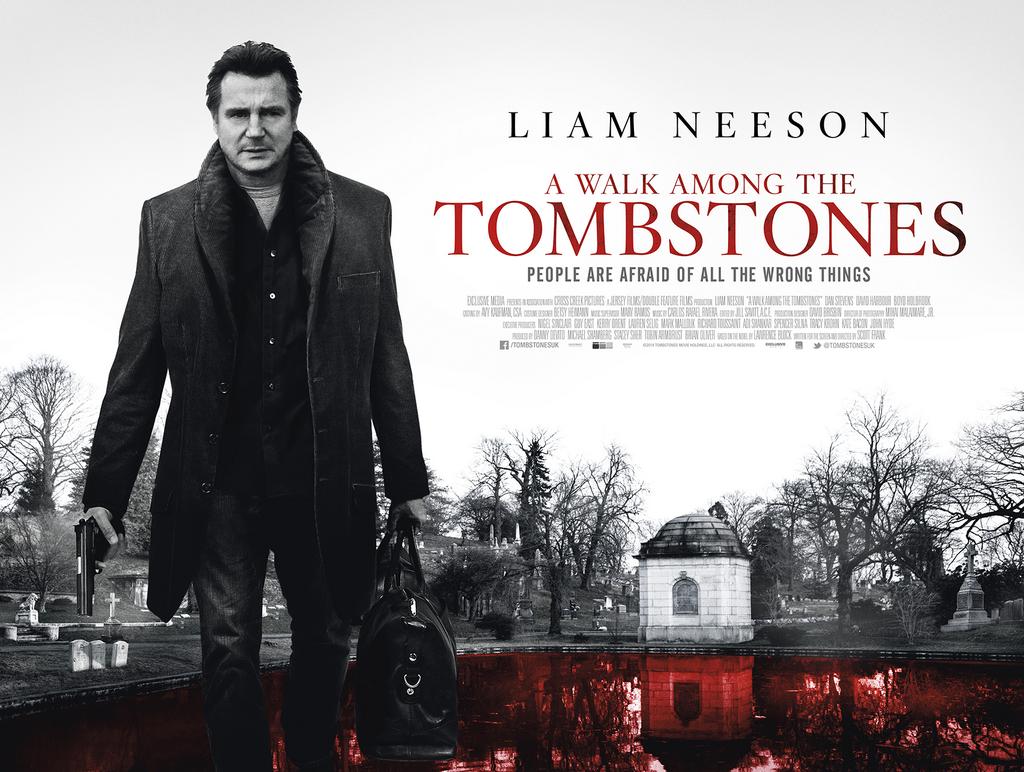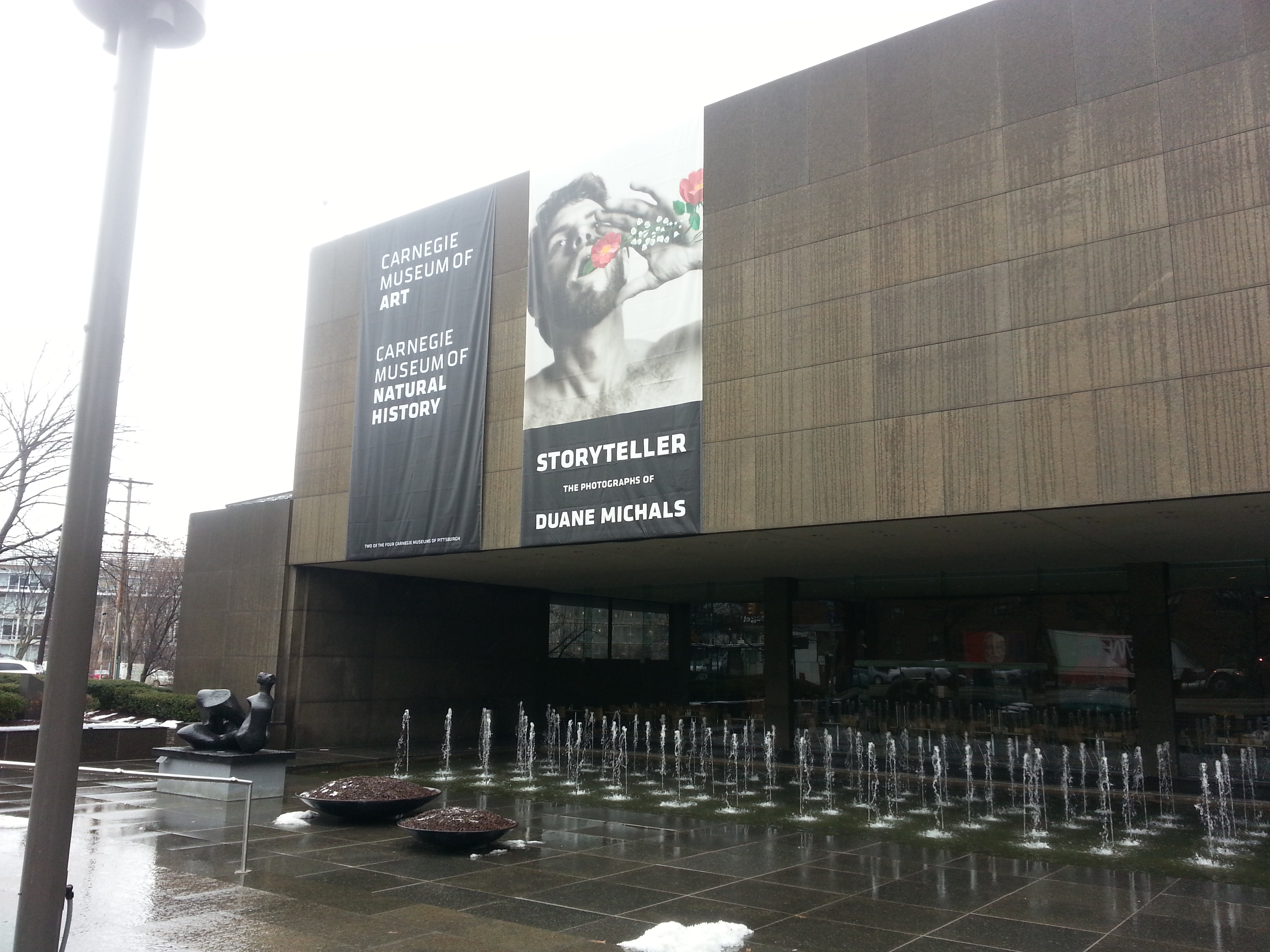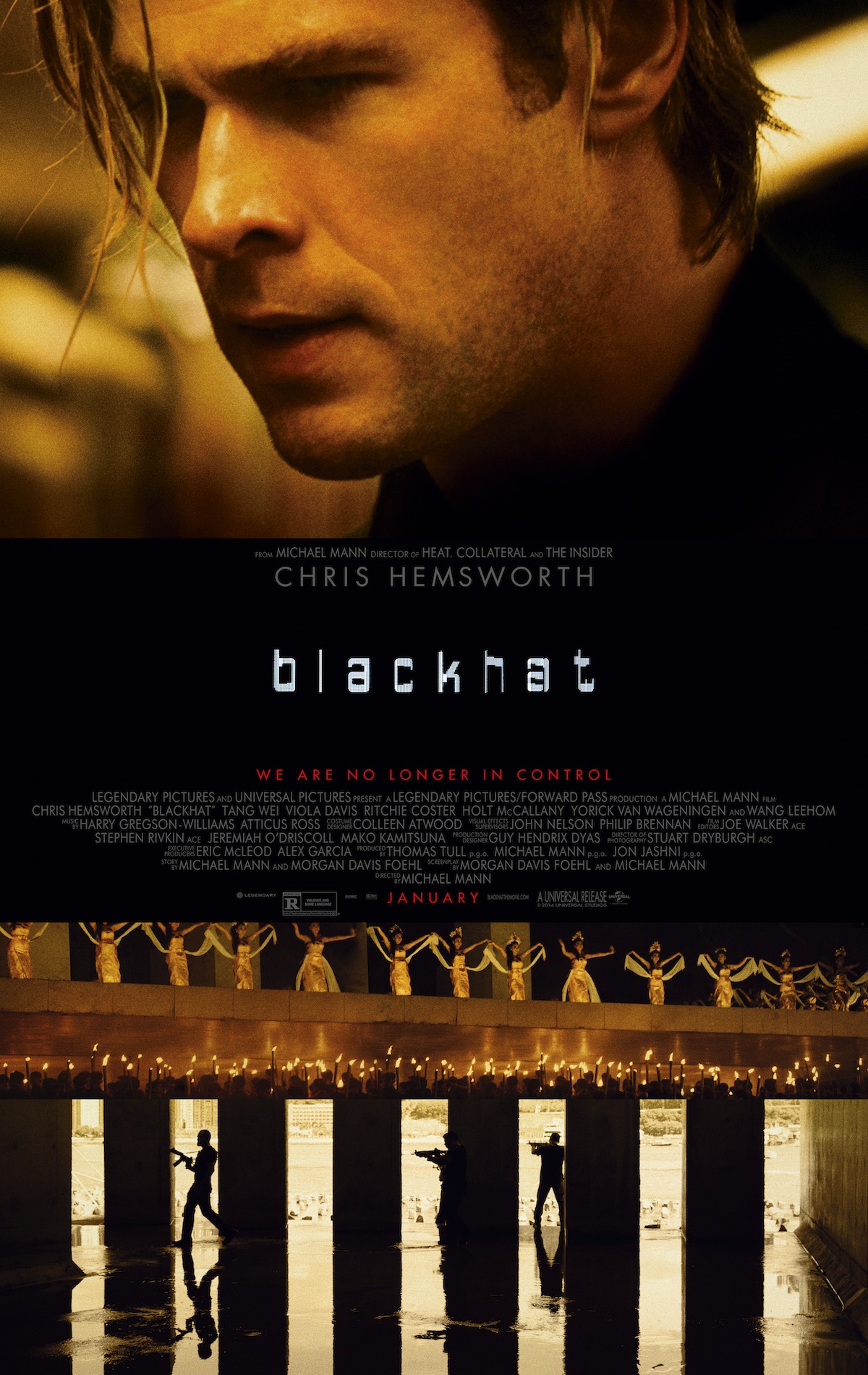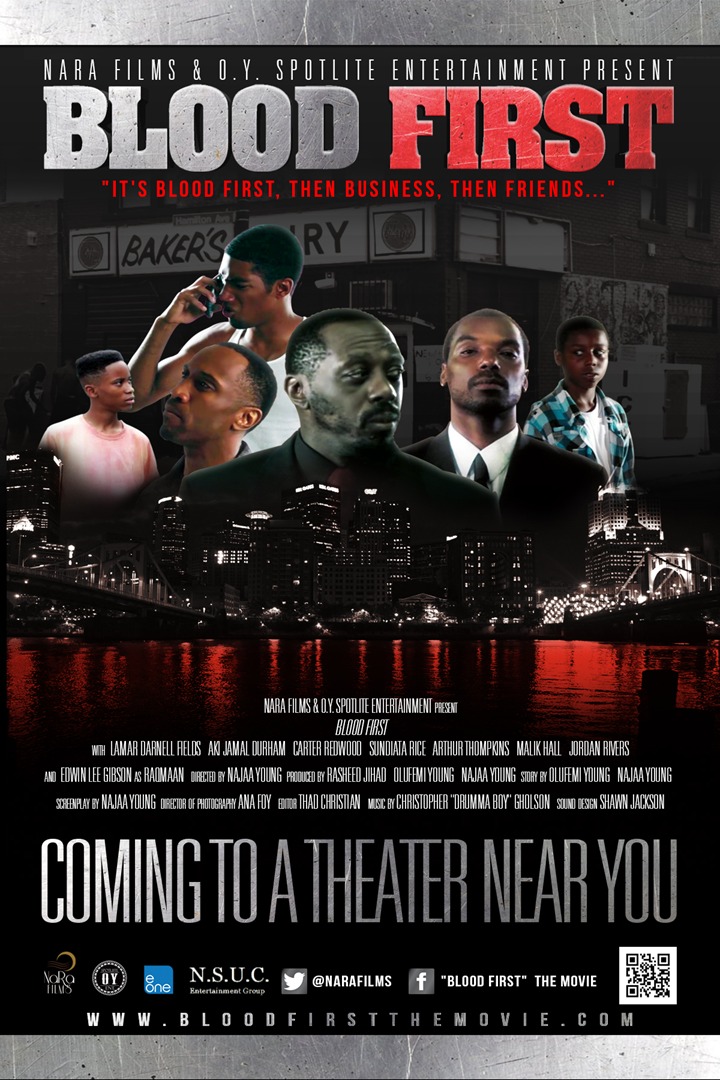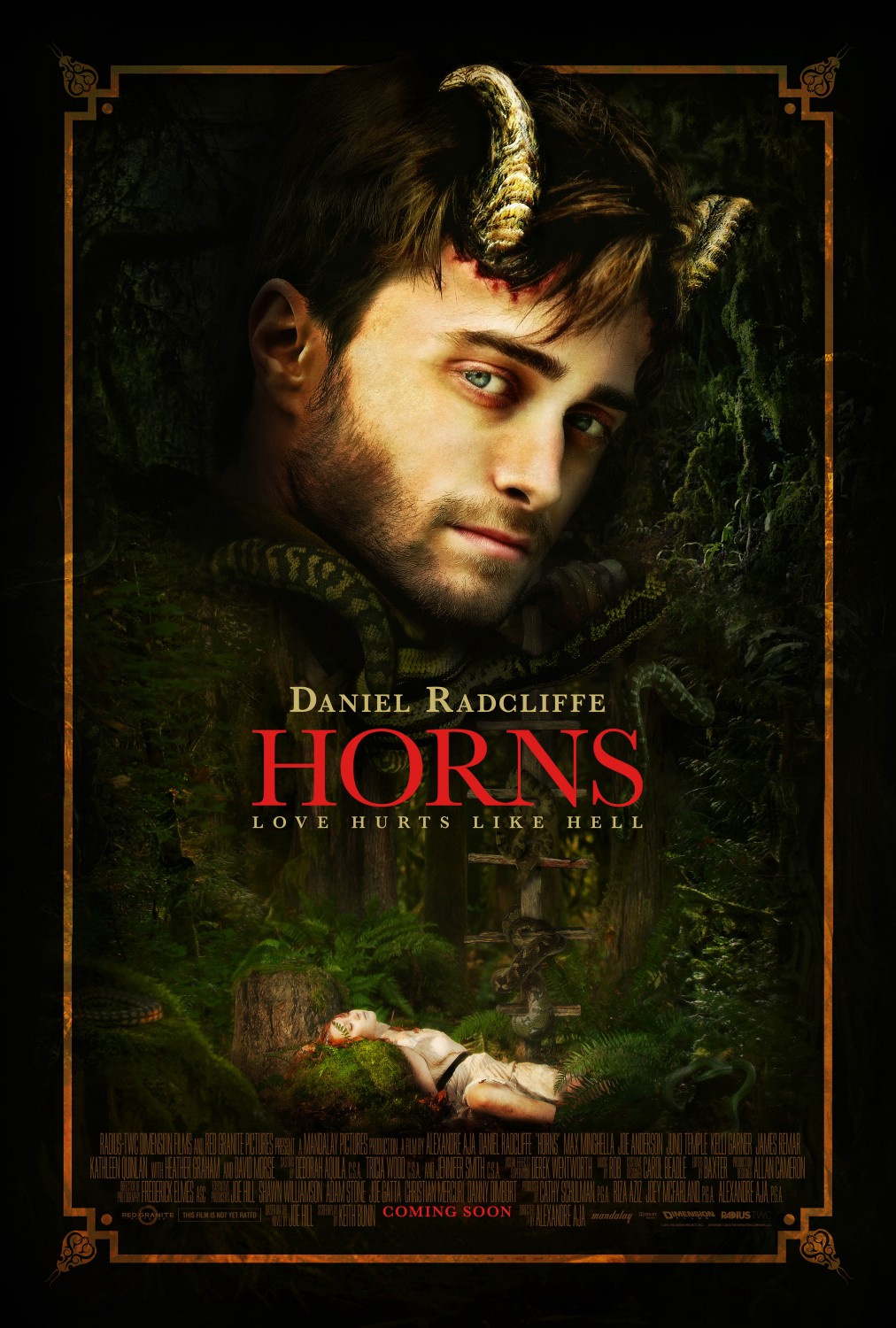There’s always a sense of nostalgia for the mystery thrillers of the 1990s. A retired cop turned Private Investigator, a drug addicted army vet, and a medically conditioned homeless kid seemed almost too nostalgic.
Private Investigator Matthew Scudder (Liam Neeson) runs with the known drug dealers or traffickers (as the drug dealers like to call themselves) of 1999 New York City. Yet, unlike other PI’s, instead of sorting through their trash, Scudder helps uncover two men who are preying on their wives and slowly torturing them for ransom money. The clock ticks on as the audience watches Scudder uncover all the secrets of the drug trade to help catch the real monsters terrorizing New York City.
Since I was watching the film for the action and gut-wrenching drama I knew any movie with Liam Neeson was sure to provide me, I really enjoyed the subtle placement of the film in the great year of 1999. The atmosphere of the big Y2K bug scare, the excitement of the new Yahoo launch, and the late night study sessions with a Gateway computer all felt like a friendly trip down memory lane to a time when I actually used a landline to call someone.
For most people, it doesn’t sound great, especially when there are so many great things to appreciate that perfect replica of the 1980s movie, but it was nice to think, “Oh, I actually remember that time.” Yet, all the mistakes that we would witness in an action movie of the 1990s didn’t creep into the movie.
For once, we have a movie set in the late 1990s, but with the technological advantages of 2015. That means clearer action shots, better lighting, and in-depth detail of close ups, not to mention high definition features and the chance of Blu-ray.
There were some scenes in the film where it was just a waiting game for me. I knew it was going to happen and all I could do was shout at my computer screen for the character not to make that mistake that gets them discovered and kills them.
Liam Neeson did not disappoint me with his investigations as Matthew Scudder, and he eventually showed everyone else how good he really was. When I ask myself what would possess me to watch this film at two in the morning, knowing full well I would have fear-induced nightmares (and terrifying jumps as my roommate walked into the room at the wrong time of the film), I remind myself that with any Liam Neeson movie I’ve seen, he gives the audience a sense that everything is going to be alright, even when things really aren’t.
So when I woke up the next day in a cold sweat, I really found comfort in the fact that even though there are real evils in the world worse than drug traffickers, there will always be a Liam Neeson character who gives the reassurance that everything is going to be alright.
3.5/5
